The last couple of years have been pretty stormy for public transportation agencies: Amid deteriorating state and local budgets, some 80 percent of them were forced to cut service or raise fares.
New York's Metropolitan Transportation Authority, which raised the price of monthly subway MetroCards from $89 to $104 at the end of 2010, announced a plan last summer for 7.5 percent hikes by 2015. In Boston, a ride on the subway could soon go up from $1.70 to $2.40.
The inevitable stories about steamed commuters and outraged politicians followed, but the cuts and cost increases also masked something intriguing. Even in the midst of budget headwinds, public transit as a whole managed to increase ridership some 2 percent over the previous year in the third quarter of 2011, according to the American Public Transportation Association.
How that happened, and what it means for transit in 2012 and beyond as Congress takes up a new surface transportation bill, are questions HuffPost put to the president of the American Public Transportation Association, Michael P. Melaniphy, whose term began in November. He paints a surprisingly optimistic picture for the future, as long as the federal government does its part.
"When you take into account the fact that the majority of our member agencies raised fares and cut services, it sends a really good message," he said of the ridership gains.
In April and May 2011, gas prices shot up to a U.S. average of $3.96 a gallon. As the year wore on, they gradually receded -- but people kept taking the train or the bus.
"When gas prices really spiked, there was certainly a flight to transit, which would not be unexpected, but as gas prices retreated a little bit, many agencies were able to retain those gains," Melaniphy said.
The transit honcho said flashier designs and better branding, like on Washington, D.C.'s Circulator bus, have played their part in convincing more people that it's okay to take the bus. And, he added, "the other factor that's played a real role here is transit-oriented development along fixed guideways."
Translation: More and more towns in some surprising places are throwing up light rail lines, and more people are living along them. Phoenix, Dallas and Norfolk, Va., do not fit the traditional stereotypes of the kind of American cities that really care about public transportation, but they all expanded light rail at a furious pace over the last couple of years, and they did it by asking people to tax themselves.
In the third quarter of 2011, light rail ridership was up 5.8 percent over the same quarter the previous year.
"The communities have embraced them overwhelmingly," Melaniphy said. "In Dallas we have the largest light rail system in the country, and it continues to grow."
Yes, that Dallas: the metro region now has 72 miles of rail, 55 stations, and an average of about 60,000 riders per weekday. An impressive 36.4 percent more people rode Dallas Area Rapid Transit's light rail in the third quarter of 2011 over the year before.
To continue transit's success, Melaniphy would like to see more money from Congress in the surface transportation bill; he would also like it to cover many years so transit agencies can plan ahead.The current bill is set to expire on March 31, and the House and Senate are fine-tuning their versions of a replacement. Unless either version comes up with more money, mass transit would face further cuts under an extension.
Melaniphy said he believes that transit has proved it deserves more. As cuts continue, he said "those are American jobs that we're losing right now. And I think the big thing to get across is that transit is not only the jobs we create, both in the private and public sector, but also the access to jobs."
